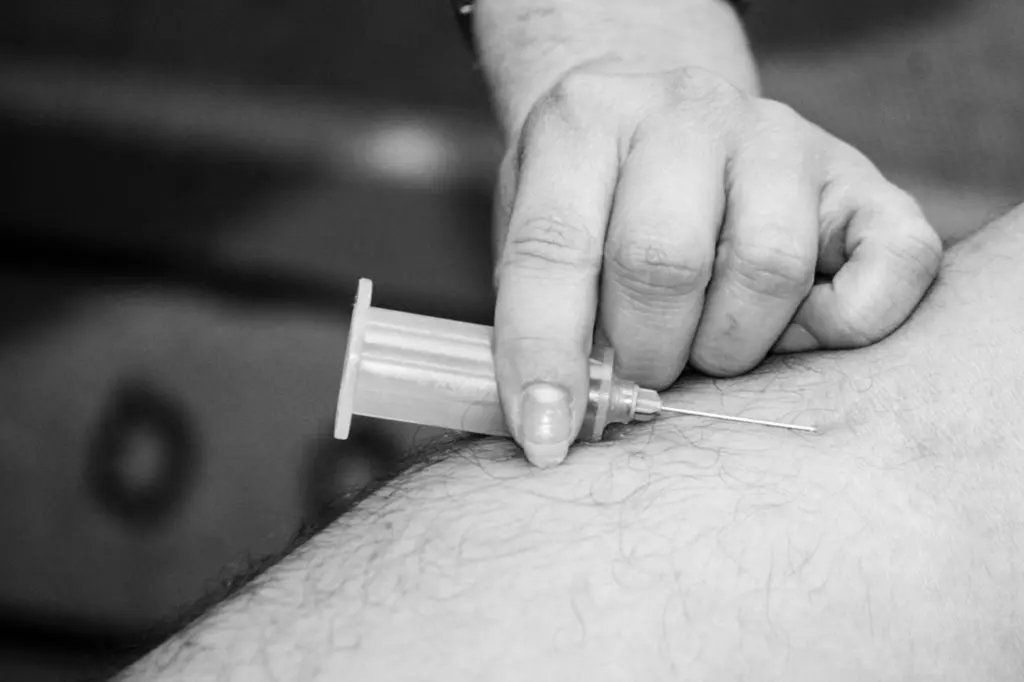Diseases that once affected thousands of people a year in North America can be controlled today due to the discovery of vaccinations. Even seriously debilitating diseases like polio have been nearly eradicated due to widespread vaccination against the disease. Vaccinations work by stimulating the body’s production of antibodies to fight against a specific bacterium or virus. Different diseases contain different bacterium, which is why every disease has its own specific vaccine. Students takingnursing courses through an LPN program will one day be required to administer regular vaccinations to both infants and adults. To help prepare newcomers, here’s a look at some of the most common immunizations today.
Measles
Measles is a disease which typically occurs in childhood, and causes a skin rash, fever, cough and sore throat. It is a serious disease which accounts for approximately 100,000 deaths a year—mostly children. Due to a recent decrease in childhood vaccination, measles outbreaks have occurred throughout the US and Canada.
The measles vaccine is usually administered as an MMR – a multiple purpose vaccine which protects against measles, mumps and rubella (known as German measles). The measles vaccine is general administered to children in infancy, and then again around 4-6 years of age.
Polio
One of the landmarks of the 20th century was the discovery of a polio vaccine by Dr. Jonas Salk in 1954. Before this discovery, the US saw its worst outbreak of measles, with 52,000 infections and 3,000 deaths in 1952. Polio is highly contagious and can cause paralysis and weakened limbs due to nerve damage.
After nearly half a century of immunizations, polio was eradicated from the Western Hemisphere in 1991. However, in Pakistan, Nigeria and Afghanistan, polio still exists and is considered endemic. The recent civil war in Syria has led to 15 new cases of polio in children—the first outbreak since 1999. WHO (The World Health Organization) has a long-term plan to completely eradicate polio by 2018.
Varicella (Chicken pox)
Before the introduction of the 1995 varicella vaccination, the US had almost four million cases of the disease every year. Students studying for their nursing unit clerk diploma may have even had chicken pox themselves—something children born after 1995 will likely never say. Because the disease affects mostly children, the varicella vaccination is administered to children in two doses: one from 12-15 months of age and one from 4-6 years of age. In most cases, getting the chicken pox once means that you are now immune. However, some complications (such as shingles) can occur later into adulthood as a result of varicella.
Tetanus
Tetanus is a disease which affects the nervous system and causes symptoms like lockjaw and back muscle spasms. The tetanus vaccine is a standard vaccination, which can be administered in childhood, or as a booster in the case of a serious cut or wound.
Tetanus forms as a result of the C. tetani poison entering the body through broken skin. C. tetani is usually found in rust, which is why tetanus is often associated with stepping on a rusty nail. Children are typically given the tetanus vaccine (which prevents against both tetanus and diphtheria) around the age of 7, and adults are encouraged to get a booster shot every 10 years.
Are there any upcoming vaccines which could revolutionize healthcare like these four did?










